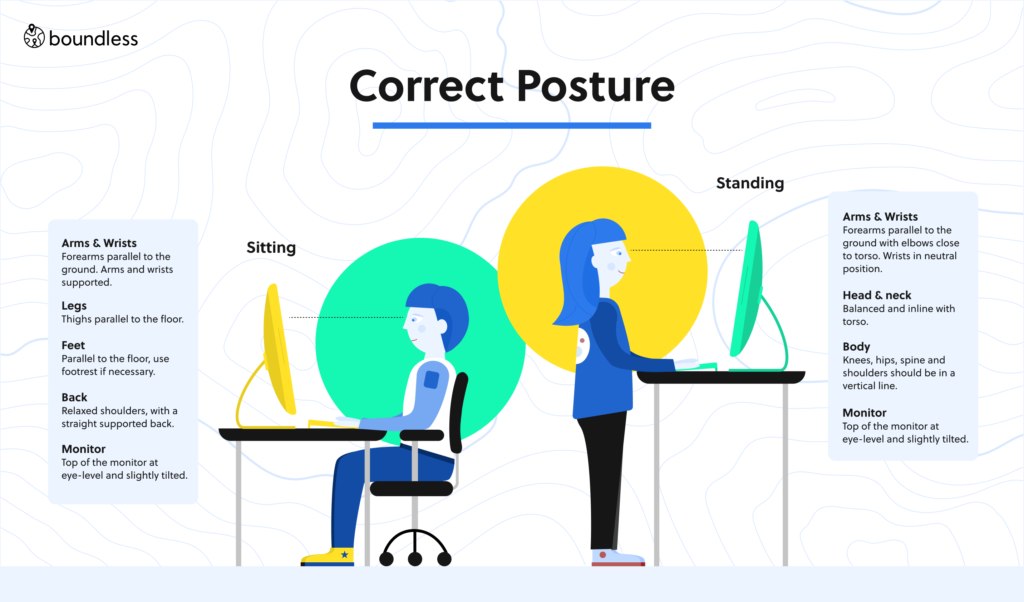

The Labour Code does not have any specific provisions on home office and on employee’s working from home; therefore, all of the stipulations of the Labour Code and related obligations apply to such work.
The only exception is Section 317 of the Labour Code, stipulating that if the employer and the employee agree that the employee does not work at the employer’s workplace and that they have their own schedule, the following does not apply to the performance of such work:
The parties can reach a teleworking or homeworking agreement by mutual agreement only and should do it in writing while further specifying the conditions. Employers should be also mindful of setting objective and fair eligibility criteria for home working to avoid potential unequal treatment claims.
Although those are not mandatory, companies are encouraged to also create internal policies regarding (1) health and safety of home-based workers and (2) regulations on data protection for remote workers.
Companies with employees working from home must reflect the work set-up and location on the employee’s contract. If the employee that is already working for the company simply changes job locations from the office to home, their employer can create a separate legal framework covering the terms and conditions for home working. The following terms and conditions have to be included in the document:
Employers have a few additional responsibilities with WFH set-up:
Since calculating utility and depreciation costs may be difficult, the parties can also agree on a fixed (monthly) regular payment or allowance to cover all expenses. Employer’s reimbursement is tax deductible from corporate income tax.
For employees working from home, it’s the employer’s responsibility to set their working hours (unless the employment agreement is under Section 317). There may be a level of flexibility in that, and the employer is free to suggest core hours or something similar. However, to avoid the obligation to pay extra for work performed on weekends, at night, and/or on holidays, the employer should instruct the employees not to distribute flexible working hours to those periods. The employer should also agree with the employee on the rules specifying time tracking and reporting, as it is mandatory for employers to have this information on employees.
Employees are also responsible for quantifying and justifying any costs incurred at their home office in order to get a reimbursement from the employer for their expenses, which is not subject to personal income tax. If the employer provides a lump sum allowance instead, the amount is subject to taxation.
The same health and safety regulations imposed on employers with office workers are applicable in the work-from-home scenario. Employers are responsible for occupational health and safety and are liable in the event of an injury that happens while work is performed from home.
Here are some of the responsibilities that companies employing remote workers have:
Employers may choose to visit the employee’s home office to perform the occupational health and safety compliance checks, which may often be impractical. In order to do so, employers must first obtain the employee’s consent. It is therefore important to agree with the home-based employee on the way compliance with health and safety requirements will be ensured. A suitable solution may be a workstation assessment performed by the employee, a confirmation that their workplace meets the health and safety requirements, or an agreement specifying the terms under which the employer may enter the employee’s workplace for the health and safety check.
Employees who suffer an injury while performing work tasks from home have the duty to report the accident to their employer and must allow the employer to carry out an investigation. The home office should also be equipped with a first aid kit paid for by the employer.
The same data protection rules that apply at the office apply at the home office. Employers are responsible for ensuring that the company’s, their clients’, and their employees’ data is protected and secure at all times, regardless of the place of work. Employers should pay even closer attention to situations when employees use their own equipment for work and take documents out of the office.
Employers must take all reasonable steps to ensure the employee’s workstation is correctly set up, safe, comfortable, and easy to use in order to reduce potential injuries, while the employee must also care for their own health and safety and follow any reasonable policies or directions their employer gives them.
To ensure the employee’s workstation set-up is safe, employers should do the following:
While working remotely, workers must inform employers of any work-related incidents or injuries that occur.
An appropriate workstation will include the following:

Employees working from home are entitled to the same statutory rights as employees who go to the company’s office (unless the employment agreement is under Section 317, and employees are not entitled to overtime).
Employers are allowed to use various methods to monitor their employees, such as installing video cameras to supervise remote employees or installing GPS in company cars. However, companies must protect and respect the privacy of their employees and should conduct this type of monitoring in only certain circumstances: